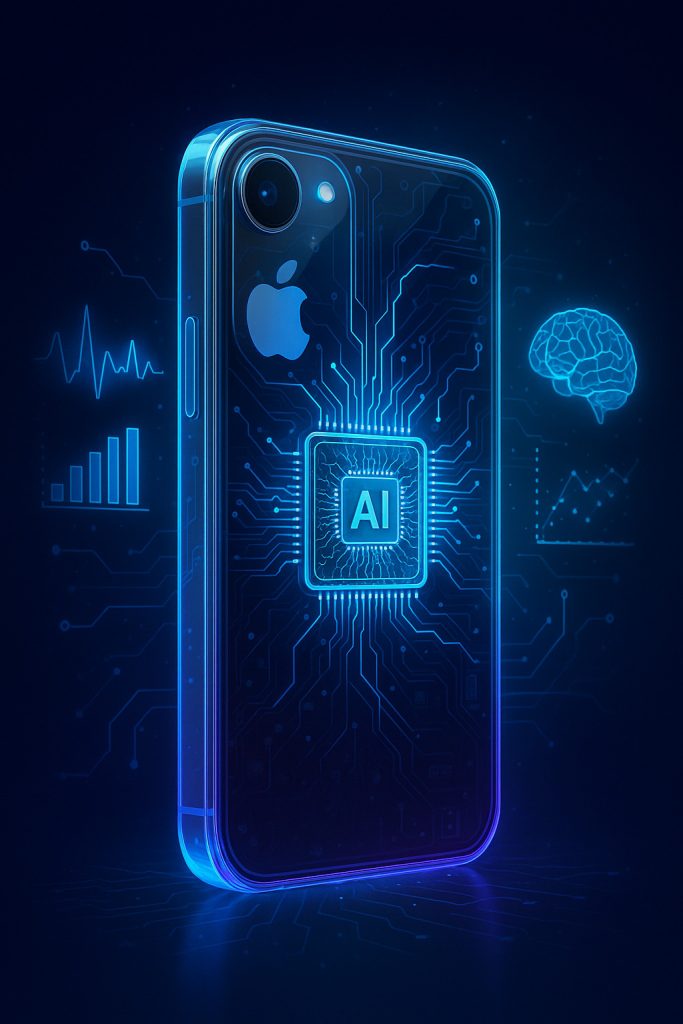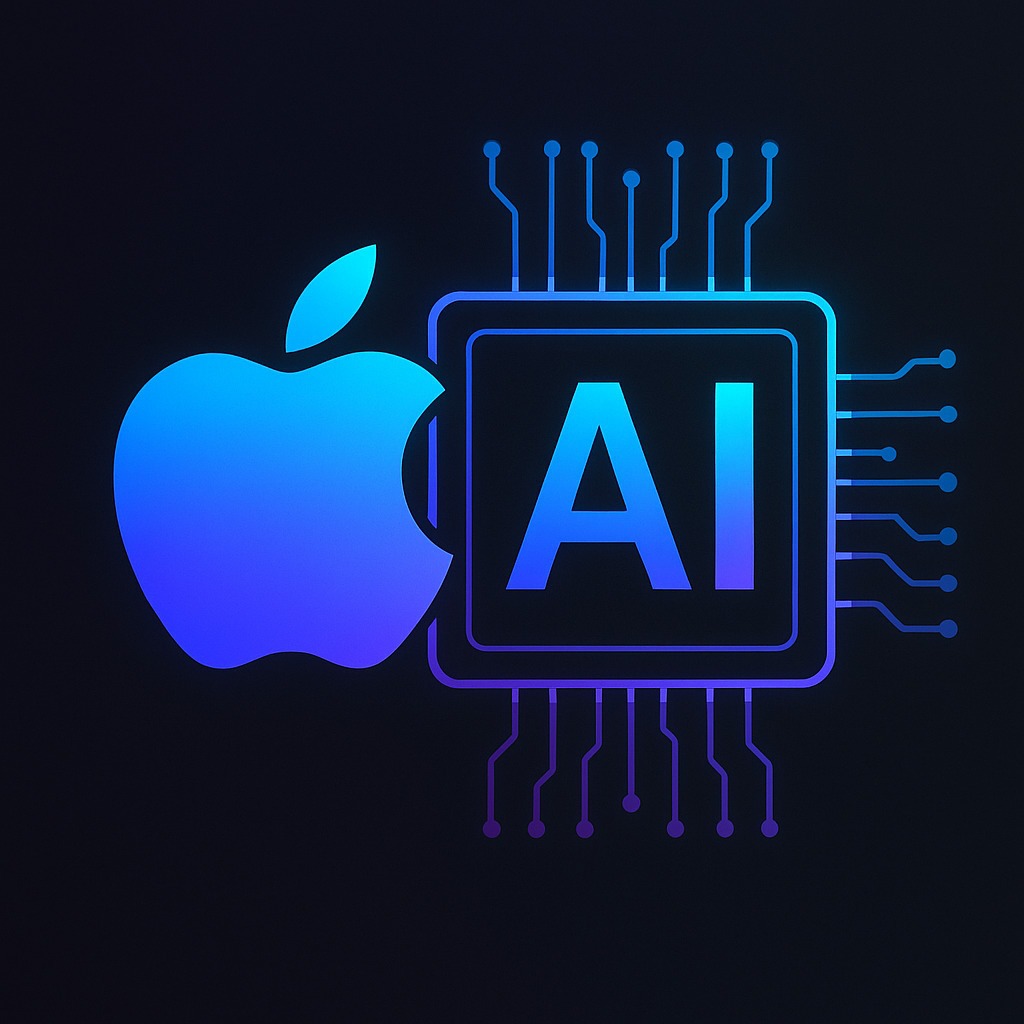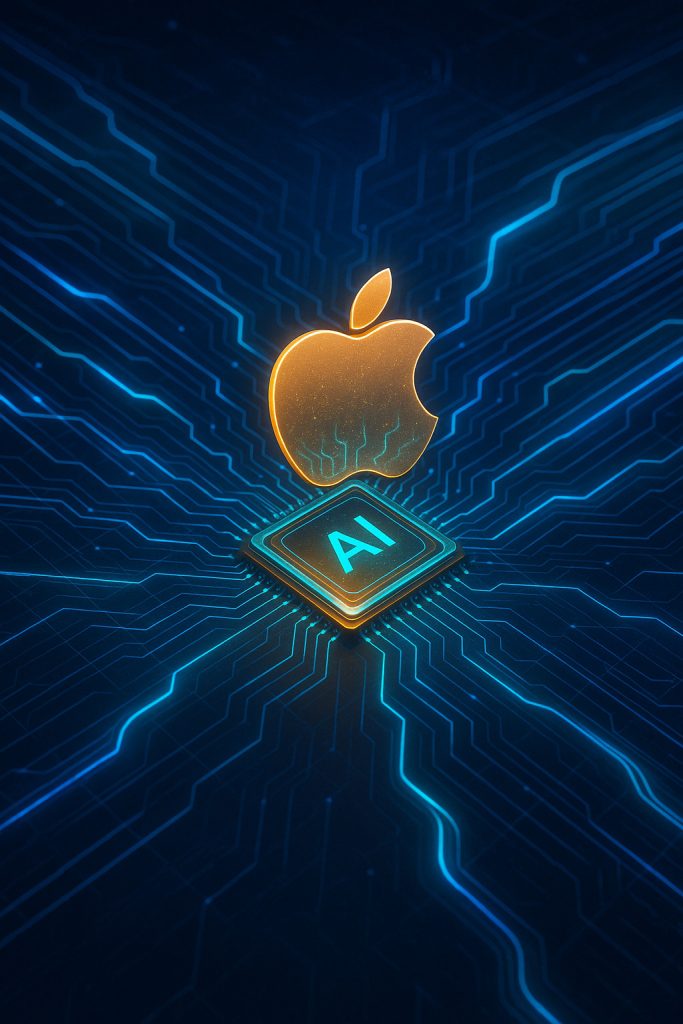Apple has always pushed boundaries in hardware design. Now, the tech giant is using artificial intelligence (AI) to revolutionize how its chips are made. In a recent interview, Johny Srouji, Apple’s hardware chief, revealed that AI isn’t just powering apps, it’s helping build the very silicon that runs them.
💡 “AI will completely change how we design the world’s most advanced chips,” said Srouji (timesofindia.com).
What’s Changing in Chip Design?
Traditionally, chip design has been a painstaking and manual process. Engineers sketch, simulate, test and revise countless times. However, AI streamlines this workflow. It can simulate performance faster, optimize designs for energy use and even flag potential flaws.
As a result, chips can be produced with fewer errors and at greater speed. This isn’t just about convenience, it’s about scaling innovation.
Why It Matters Now
AI is evolving rapidly. As applications like generative AI grow more demanding, the need for custom, high-performance chips increases. Apple knows this. That’s why it’s embedding AI deep into the design phase and not just the end product.
For example, Apple’s M-series chips are already known for their power and efficiency. By applying AI earlier in the process, the next generations could outperform anything on the market today.

How Apple’s Strategy Differs
While other companies are using AI to train models or power apps, Apple is focusing inward. This gives it a unique edge. It owns the hardware and the design process. That level of control allows Apple to fine-tune chips for its ecosystem, resulting in seamless performance across devices.
Additionally, Apple’s tight vertical integration means it can move quickly. Competitors using third-party chips may soon struggle to keep up.
A Broader Industry Shift
Apple is not alone. Nvidia and Intel are also exploring AI-assisted design. But Apple’s scale and secrecy make its progress particularly impactful. The company’s commitment signals a broader shift in how silicon will be built moving forward.
In fact, a 2023 MIT Technology Review article noted that AI-designed chips can be made up to 100x faster than traditional methods.
The Road Ahead
The implications are massive. Faster design means quicker release cycles. Smarter chips could enable more energy-efficient devices. This could also reshape how engineers approach their craft, shifting focus from manual tweaks to high-level problem-solving.
However, this transformation isn’t without challenges. There are concerns about black-box decision-making, reproducibility, and accountability. Yet Apple’s history of precision suggests it won’t rush recklessly.
Final Thoughts
Apple’s move to use AI in chip development isn’t just a tech upgrade. It’s a paradigm shift. It shows how AI can improve not only what we use but how it’s created in the first place.
As the world watches, one thing is clear: AI isn’t just the future of software. It’s the future of silicon too.

To learn more about the AI-driven labor impact in tech, see how Microsoft is adapting to these changes.

